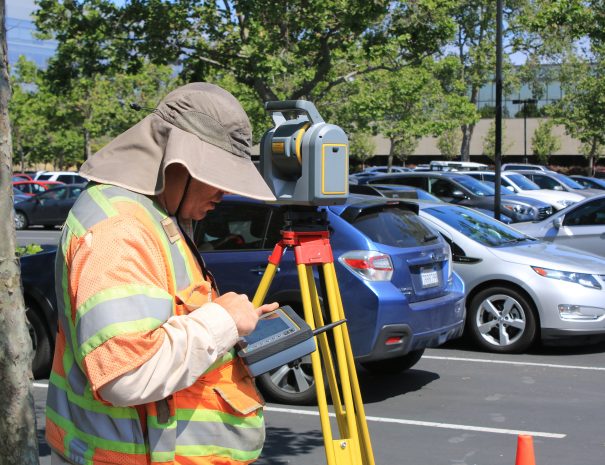If you work in the parking industry, you are no doubt aware of the level of danger facing wardens on our streets and in our parking facilities who are subject to unacceptable levels of aggression, threats and even physical violence whilst they work.
A quick search online brings up a litany of crimes against parking attendants; man fined after punching traffic warden; swindon traffic warden sprayed with plaster; traffic warden attacked and dragged from his moped; traffic warden driven at deliberately in council attacks.
In a BBC report, police were asked to join wardens on patrol where the accompanying PCSOs said they witnessed “shocking and disgusting behaviour” against the parking attendants, “including pushing, dangerous driving and racial abuse”. Sadly, I’m sure you are aware of many more incidents that have happened to staff within your own organisation.
Of course, wardens are given extensive training in conflict resolution and emergency protocols. Body cams have also caused a reduction in attacks – but unfortunately, the risk is still there on a daily basis. Many parking attendants work alone, which can further increase their risk. For traffic wardens, who often find themselves in confrontational situations, being alone can place them in a particularly vulnerable position.
All employers of lone workers should conduct risk assessments and have a lone worker policy in place to better understand and mitigate the specific risks that staff face when working alone. This is part of your duty of care to staff and, if you have more than five employees, you are required under the Health and Safety at Work Act (1974) and the Management of Health and Safety at Work Regulations (1999) to document your findings and procedures.
Find out more about your legislative obligations to lone workers in our Lone Worker Guide
Recent research from the British Parking Association (BPA) showed that 84% of parking attendants are verbally abused once a month or more, and 20% reported physical abuse at the same frequency. Shockingly, 7 out of 10 assaults were not pursued by the police.
As a provider of lone worker safety solutions, we are acutely aware of the many worrying incidents that occur involving parking enforcement officers every year. Recently, a lone female parking attendant was threatened by a homeless person and a male parking warden was faced with an aggressor in a private car park, making threats to him and surrounding vehicles. Luckily, in these two cases, the wardens were equipped with a panic alarm, that is monitored by an ARC (Alarm Receiving Centre), which in turn has a direct line to the police. Officers attended and dealt with the incidents immediately and the employees were not harmed.
These examples illustrate the importance of parking wardens being able to quickly signal for help in an emergency – and even more importantly – receive an immediate response. The provision of a panic alarm – in the case of the employees above, the StaySafe app – is one of the key ways you can provide a higher level of protection to your staff.
The benefits of a lone worker app
Providing a lone worker app enables staff to quickly and discreetly call for help in an emergency situation. Their exact location is also shown in a monitoring hub, allowing assistance to be sent directly to them without delay.
The use of specialist monitoring services can also provide superior protection for employees, especially in larger organisations who have many attendants working in different locations and during unsociable hours. Our cloud based monitoring hub can be monitored in-house, or outsourced to a 24/7 professional monitoring service (ARC), who will monitor and respond to alerts on your behalf.
Not only does this mean alerts are never missed, ARC’s are also able to issue a Unique Response Number (URN) which requests a direct response from the police, bypassing the 999 service. In the case of the male traffic warden above who used our app when he was being threatened, his panic alert was answered at the ARC within 11 seconds and responders stayed on the phone until the police arrived – they even called him back when he was disconnected. With 7 out of 10 assaults on parking attendants not being pursued by police, priority access to the emergency services via an ARC provides a superior level of protection for staff.
In addition, with almost every employee carrying a phone whilst they work, choosing an app-based solution means your staff are already carrying all the equipment they need.We have extensive experience of working closely with parking companies to protect their staff.
Find out more about why companies choose StaySafe.











